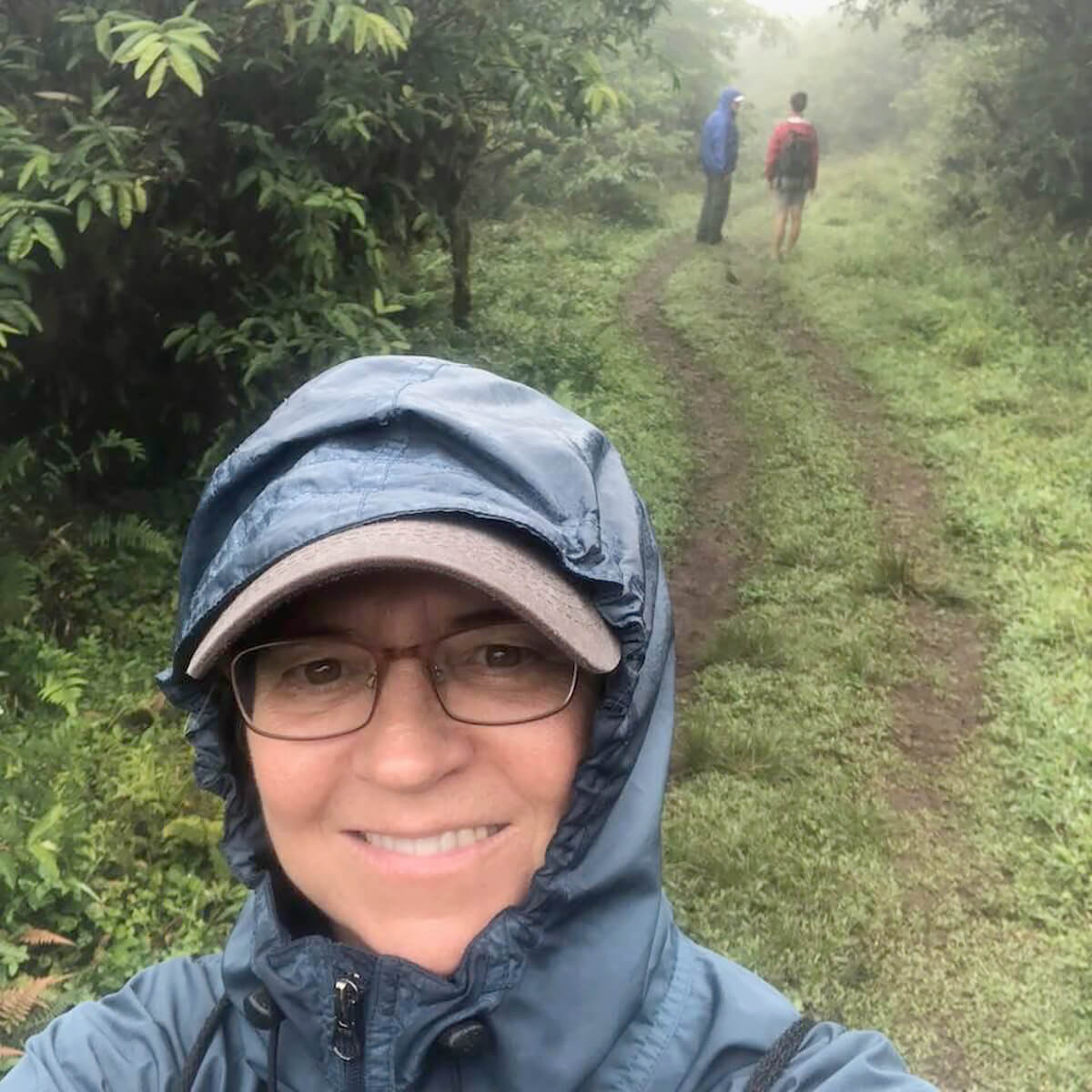My creative quest has always been about the 'journey' as opposed to the 'destination'. The first is experiential, alive, organic; that latter seems rushed.
I grew up in places that I now see as exotic, but at the time I just thought it was terribly inconvenient and definitely too far from friends back 'home'.
In 1971, at age 17, I left Iran, after three years, in tears and some relief. I immediately thought 'why didn't I take any pictures there?'. I fell in love with that country and its people, but I would not be going back (at least, not yet!).
Holding onto what memories I had taken with me, I vowed this would not happen again. So I enrolled in the SFAI. Many years have unfolded since then, and I've been a filmmaker (when 'film' was film), a writer/director, an I.Q. tester, stock photographer, and a documentary and fine art photographer.
My most seminal work to date, in terms of how it changed my worldly perceptions, came after spending some three years on and off working for a documentary project in the Kibera slum of Kenya. "Kibera: A Slice of Heaven" earned numerous international awards and press, but my favorite was a local 'Artist of the Year' in Longmont, Colorado. The Firehouse Art Center curator, Jessica Kooiman Parker, called it an 'act of bravery'. Reflecting on that, I realized that bravery is a way to change the world AND the photographer, one heart at a time. The power of photography is truly unlimited.
Amidst a crazy world (and always being on the move), I developed a love of landscape photography. Most people acknowledge that nature can be a place of solace and inspiration. While it is definitely the same for me, I've been creating 'scenes' from nature. I often photograph the same landscape over and over, taking my favorite parts of the series and compositing them into a singular landscape that mimics my relationship to it. It's fantasy, whimsy, and hope. In my darker landscapes, there's a moody melancholia…but I never lose sight of the hope.
ARTICLES:
Exclusive Interview
Allegories of Melancholy
Garden of Delights
